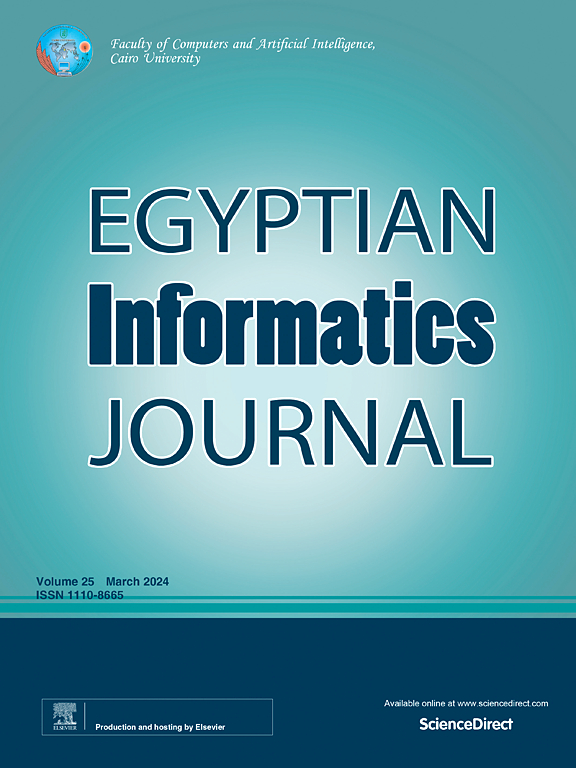深入了解血脑屏障穿透肽的理化特性和序列空间
IF 5
3区 计算机科学
Q1 COMPUTER SCIENCE, ARTIFICIAL INTELLIGENCE
引用次数: 0
摘要
血脑屏障(BBB)是向大脑给药以开发中枢神经系统(CNS)疾病疗法的一大障碍。血脑屏障穿透肽(BBBPps)是一组能通过不同过程穿越血脑屏障而不会对其造成伤害的多肽。这些肽有望成为治疗中枢神经系统疾病的潜在药物。然而,利用实验方法鉴定 BBBPps 的过程既耗时又耗力。要发现更多的 BBBPps 作为治疗中枢神经系统疾病的潜在药物,关键是要开发能快速、准确地区分 BBBPps 和非 BBBPps 的分子内方法。在目前的工作中,利用物理化学和进化信息开发了机器学习辅助模型,用于准确预测 BBBPps。通过使用 5 倍交叉验证,最佳模型的准确率达到 84.8%,而基于减少特征集的保留测试集的准确率为 79.8%。此外,还利用与模型无关的解释方法对黑盒模型进行了广泛分析,以推断 BBBPps 的理化和序列空间。发现在 BBBPps 中,基本氨基酸以及精氨酸和赖氨酸的保留更受青睐。此外,基本氨基酸属性组及其与其他特征的相互作用被认为是突出的重要相互作用。本文章由计算机程序翻译,如有差异,请以英文原文为准。
Gaining insights into the physicochemical properties and sequence space of blood–brain barrier penetrating peptides
The blood–brain barrier (BBB) poses a significant obstacle to the administration of drugs to the brain for the development of therapies of central nervous system (CNS) disorders. Blood-brain barrier penetrating peptides (BBBPps) are a group of peptides that can traverse the BBB by different processes without causing harm to the BBB. These peptides show promise as potential drugs for CNS ailments. Nevertheless, the process of identifying BBBPps using experimental approaches is both time-consuming and labour-intensive. To discover additional BBBPps as potential treatments for CNS diseases, it is critical to develop insilico methods that can distinguish BBBPps from non- BBBPps rapidly and precisely. In the current work, machine learning aided models are developed for accurate prediction of BBBPps using physicochemical and evolutionary information. The best model achieved an accuracy of 84.8 % by using 5-fold cross-validation and 79.8 % based on the holdout testing set on a reduced set of features. Further an extensive analysis is carried out for the black box models using model agnostic interpretation approaches to infer the physicochemical and sequence space of BBBPps. Basic amino acids and conservation of Arginine and Lysine are found to be more favoured in BBBPps. Further, basic amino acid property group and its interactions with other features are found to be prominent important interactions.
求助全文
通过发布文献求助,成功后即可免费获取论文全文。
去求助
来源期刊

Egyptian Informatics Journal
Decision Sciences-Management Science and Operations Research
CiteScore
11.10
自引率
1.90%
发文量
59
审稿时长
110 days
期刊介绍:
The Egyptian Informatics Journal is published by the Faculty of Computers and Artificial Intelligence, Cairo University. This Journal provides a forum for the state-of-the-art research and development in the fields of computing, including computer sciences, information technologies, information systems, operations research and decision support. Innovative and not-previously-published work in subjects covered by the Journal is encouraged to be submitted, whether from academic, research or commercial sources.
 求助内容:
求助内容: 应助结果提醒方式:
应助结果提醒方式:


